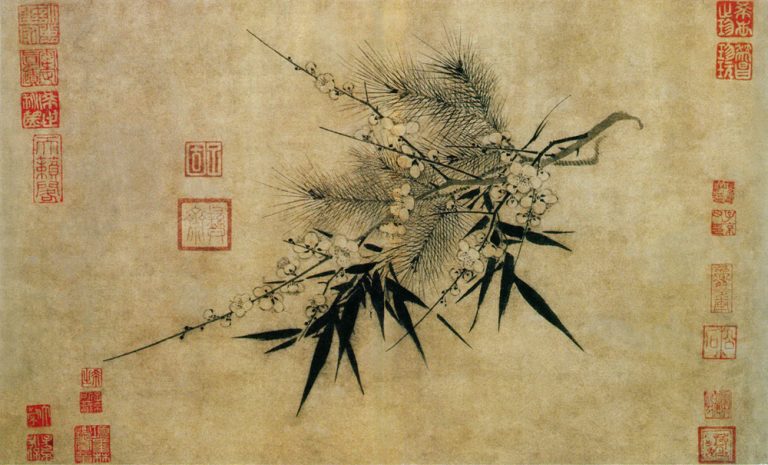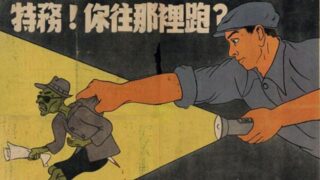The Jiangxi village won several national awards for having perfectly implemented the total-surveillance grid system—and eradicated “illegal” religion.
by Liu Wangmin


Not many foreigners, and not even many Chinese, had heard until recently of Longmenfan Township. It is under the jurisdiction of Hengfeng county, Shangrao city, Jiangxi province. It consists of thirteen villages, with a total population of 25,000. Although some industries have been implanted in the villages, their traditional activity is fruit growing, particularly grapes.
It would look like just one among thousands of similar areas in China. Except that one of the thirteen villages, Qianjia Village, has won three national awards in 2022: as a national women’s organization construction demonstration village, a national democracy and the rule of law demonstration village, and a national anti-xie-jiao demonstration village. Readers of Bitter Winter know that “xie jiao,” normally but incorrectly translated as “evil cults,” indicates religious movements perceived as hostile to the government and banned as “heterodox teachings.”
In addition, Qianjia Village has won other awards at the provincial level of Jiangxi: as an Agricultural Science and Technology Demonstration Base, a Provincial Rural Forest Park, and a Demonstration Community of “Green Community and Beautiful Homes.” The village branch of the Chinese Communist Party (CCP) has been proclaimed Provincial Model Party Organization for Rural Revitalization, and a Municipal “Five-Star” Party General Branch, and the local CCP secretary, Zhou Zhaoping, has himself won the “2022 Rural Revitalization Good Party Secretary” provincial award.
It is thus worth your while to visit Qianjia Village—which is trying to capitalize on its awards and fame to attract tourists with a Grape Picking Festival and other events—and try to understand why the CCP regards it as special.
Qianjia Village is home to slightly more than 3,000 villagers and is indeed renowned for fruit growing: not only grapes but peaches, kumquats, and oranges. You can buy them at a farmers’ market, although most of the production leaves the village to different parts of China.


What you will quickly notice in the village is the ubiquitous presence of CCP propagandists, young men and women handing leaflets and promoting different Party activities. In fact, for the villagers these activities are mandatory. There are almost daily lessons on Xi Jinping thought, and “Party Theme Days.” Even simple household activities are supervised by the Party. For example, there is a monthly “Home Cleaning Day,” on the 10th of each month, where a CCP cadre controls that each home has been properly cleaned. There is even a “Good mother-in-law, Good daughter-in-law Day,” when the CCP comes through its cadres and check that these traditionally difficult relations are going on smoothly.
Qianjia Village is a model village because it has fully implemented the grid system. The territory is divided into grids. The system is organized through one village-level large grid, six small grids, and twenty micro grids. Each micro grid includes some fifteen households. There is a CCP grid officer who visits all the households and makes sure everybody is loyal to the Party, Xi Jinping thought is regularly studied, and nobody entertains any form of dissent. Micro grid officers are surveilled by small grid leaders, who are in turn surveilled by the large grid chief, who is the village Party secretary. There is also a specialized anti-xie-jiao village team, whose members are skilled in detecting even small signs of sympathy for the xie jiao or “illegal” religion.


Propaganda is hailing the stability and harmony of Qianjia Village. The price it pays for it is an Orwellian surveillance that extends into private homes, and prevents any possible dissent, less-than-enthusiastic study of Xi Jinping and CCP documents, or interest for “illegal” religion.









